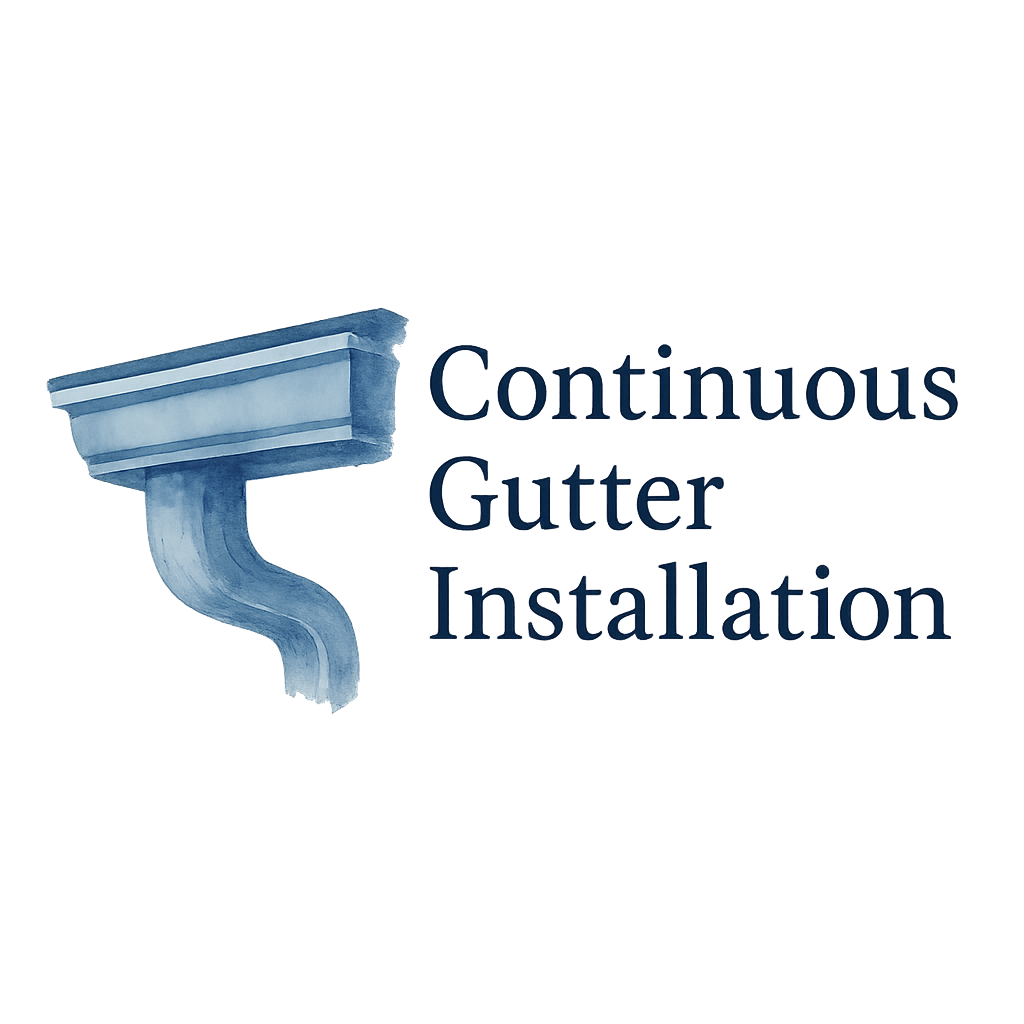Introduction: Why Gutter Maintenance Matters
If you’ve invested in continuous gutter installation, you’ve already taken a smart step in protecting your home. But here’s the thing—gutters aren’t a “set it and forget it” system. Like any part of your home’s exterior, they need regular care to stay effective. Neglecting gutter maintenance can lead to clogged drains, water damage, and even foundation issues. Think of your gutters like the veins of your home—they carry water away to keep everything running smoothly. Without proper upkeep, the whole system can back up.
Understanding Continuous Gutter Installation
What Makes Continuous Gutters Different?
Unlike traditional sectional gutters that come in pieces, continuous gutters are made from a single piece of material. This seamless design minimizes leaks and creates a sleek look for your home. Because there are fewer joints, debris has fewer places to get stuck, making them more efficient and easier to maintain over time.
👉 Learn more about the basics of installation here: Gutter Installation Basics.
Benefits of Continuous Gutter Systems
- Reduced chances of leaks and water damage.
- Cleaner, more modern gutter styles that enhance curb appeal.
- Lower long-term maintenance costs.
- Custom fit to your home’s exact measurements.
For homeowners focused on home protection and durability, this type of gutter is a game-changer.
Long-Term Maintenance Plans Explained
Let’s break down 10 practical maintenance plans you can follow to keep your continuous gutters working perfectly year after year.
Plan 1: Regular Gutter Cleaning
Leaves, twigs, and dirt are your gutters’ worst enemies. Even with seamless design, clogs can still form if cleaning is neglected.
How Often Should You Clean Your Gutters?
At least twice a year—once in the spring and once in the fall. If your home is surrounded by trees, you may need to clean more often.
For more on safe practices, visit: Gutter Cleaning.
Plan 2: Seasonal Care Checklist
Each season brings unique challenges. In the fall, leaves pile up. Winter brings ice and snow. Spring rains test your gutter’s capacity, and summer storms can be intense.
Pro tip: Follow a seasonal care checklist to stay ahead of problems.
Plan 3: Inspecting for Gutter Damage
Even the strongest gutter systems can suffer wear and tear over time.
Warning Signs to Look Out For
- Sagging sections
- Water stains on siding
- Pools of water near the foundation
- Visible rust or cracks
Check out these helpful guides: Gutter Damage and Gutter Warning Signs.
Plan 4: Gutter Protection Systems
Adding an extra layer of defense can save you countless hours of cleaning.
Gutter Screens and Guards
These accessories prevent leaves and larger debris from entering the system, reducing clogs. Learn more about options at Gutter Protection Systems and Gutter Screens.

Plan 5: Checking Downspouts and Drainage
Your gutters only work if water has somewhere to go. Make sure your downspouts are clear and direct water at least 3–4 feet away from your foundation.
Plan 6: Affordable Gutter Repairs
Sometimes, all you need is a small fix instead of a full replacement. Loose brackets, minor leaks, and bent sections can often be repaired quickly.
For budget-conscious homeowners, here are resources:
Plan 7: Annual Professional Gutter Inspections
Even if you’re handy, a professional eye once a year can spot hidden issues. This is especially important for modern gutter systems with more complex designs.
Plan 8: Maintaining Gutter Styles and Aesthetics
Gutters aren’t just functional—they also affect your curb appeal. Keeping them clean and well-painted ensures your home maintains a polished look. Explore different gutter types and styles to see how maintenance plays a role.
Plan 9: Preparing for Extreme Weather
Storms, heavy rains, and snow can put extra strain on your system. Before severe weather hits, double-check brackets, seals, and downspout positioning.
Helpful resources:
Plan 10: Budgeting for Gutter Replacement
No gutter lasts forever. Planning for eventual replacement helps avoid financial surprises. Check out this resource for costs: Gutter Cost & Budgeting.
For more insight, see: Gutter Replacement.
Additional Maintenance Tips for Homeowners
- Always use a sturdy ladder and practice gutter safety.
- Consider installing trendy gutter options that are easier to maintain.
- Keep trees near your roof trimmed to reduce debris.
Common Mistakes to Avoid in Gutter Care
- Ignoring minor leaks that can become major issues.
- Power washing gutters with too much force.
- Skipping inspections during dry months.
Choosing the Right Gutter Maintenance Partner
Not all contractors are created equal. Look for licensed professionals with experience in continuous gutter installation. Ask about warranties and customer reviews before making a decision.
Conclusion
Continuous gutter installation is a long-term investment in your home’s safety and curb appeal. But to truly reap the benefits, you need a solid maintenance plan. By following these 10 strategies—cleaning regularly, checking for damage, installing protection systems, and planning for replacements—you’ll keep your gutters working like new for decades. Remember, well-maintained gutters mean a healthier, safer, and more beautiful home.
FAQs
1. How long do continuous gutters typically last?
With proper maintenance, continuous gutters can last 20–30 years.
2. Can I clean my gutters myself, or should I hire a pro?
You can handle basic cleaning, but hiring a professional once a year ensures nothing is overlooked.
3. Do gutter protection systems eliminate cleaning completely?
Not entirely. They reduce debris but still require occasional checks.
4. What’s the most common cause of gutter damage?
Clogs from leaves and debris, combined with heavy rainfall, are the top culprits.
5. How do I know if I need gutter replacement?
Frequent leaks, sagging, and rust are clear signs it’s time for new gutters.
6. Are continuous gutters more expensive than sectional gutters?
Yes, initially, but they save money long-term by reducing repairs and maintenance.
7. How can I make my gutter maintenance more cost-effective?
Stick to a routine cleaning schedule and invest in affordable protection systems.


